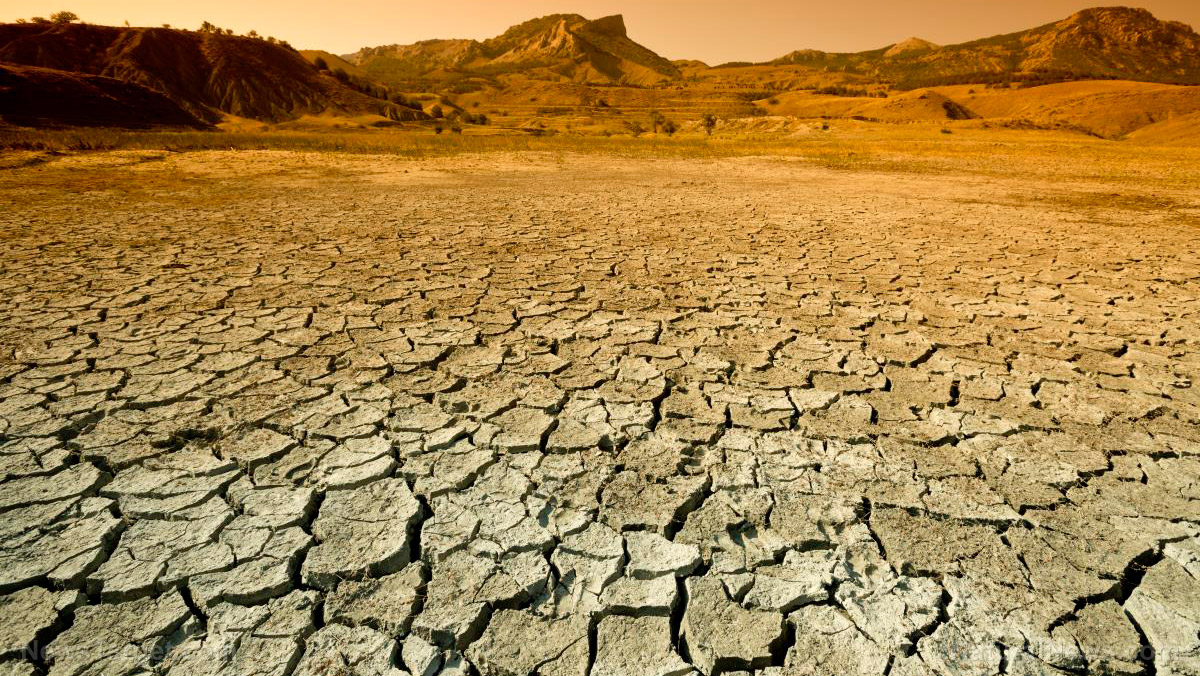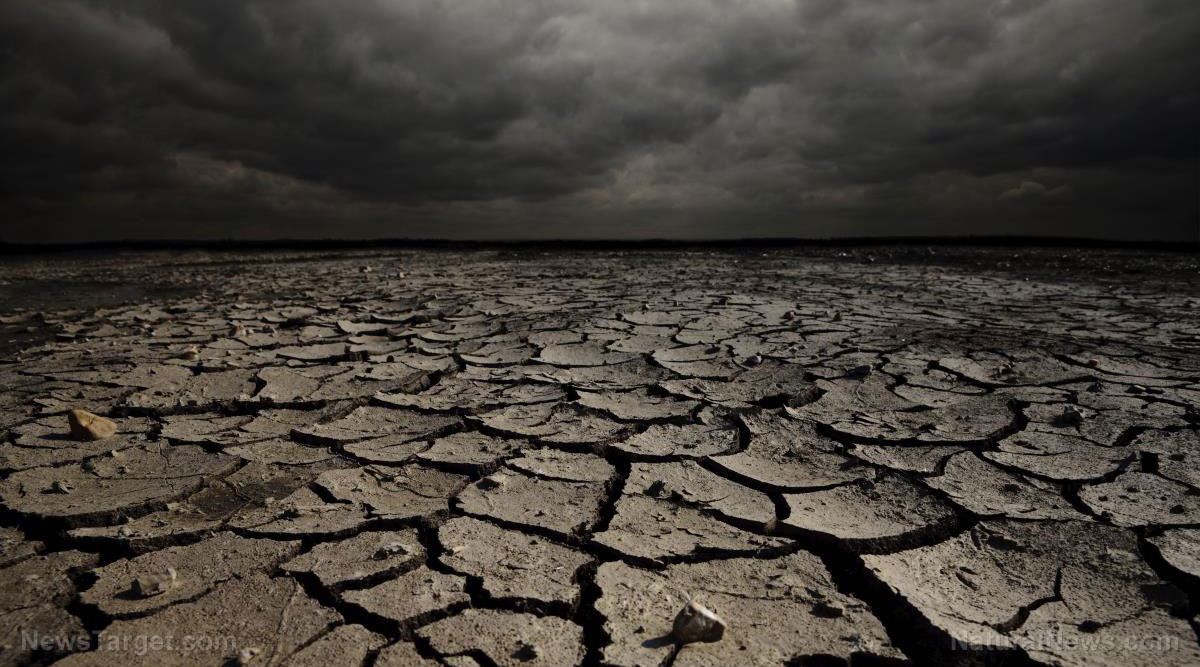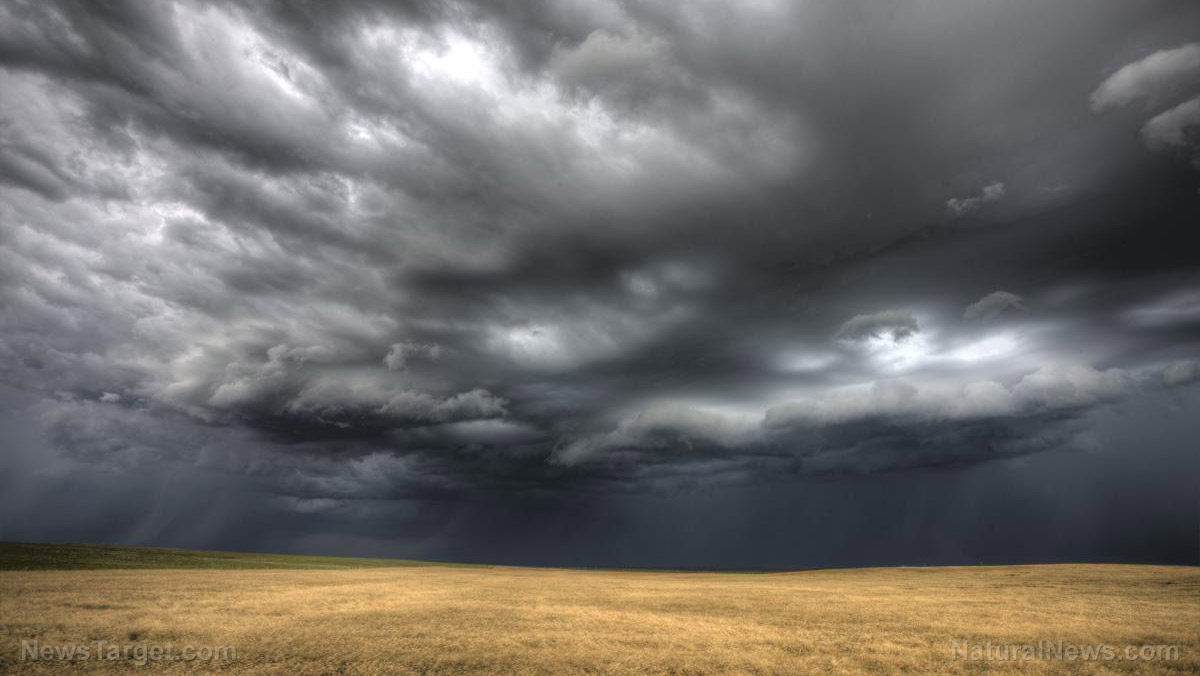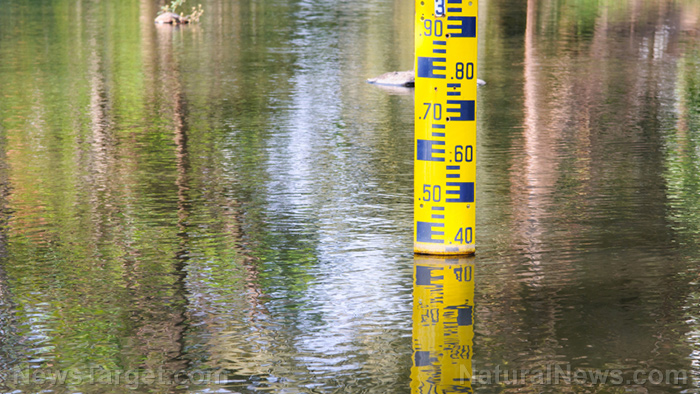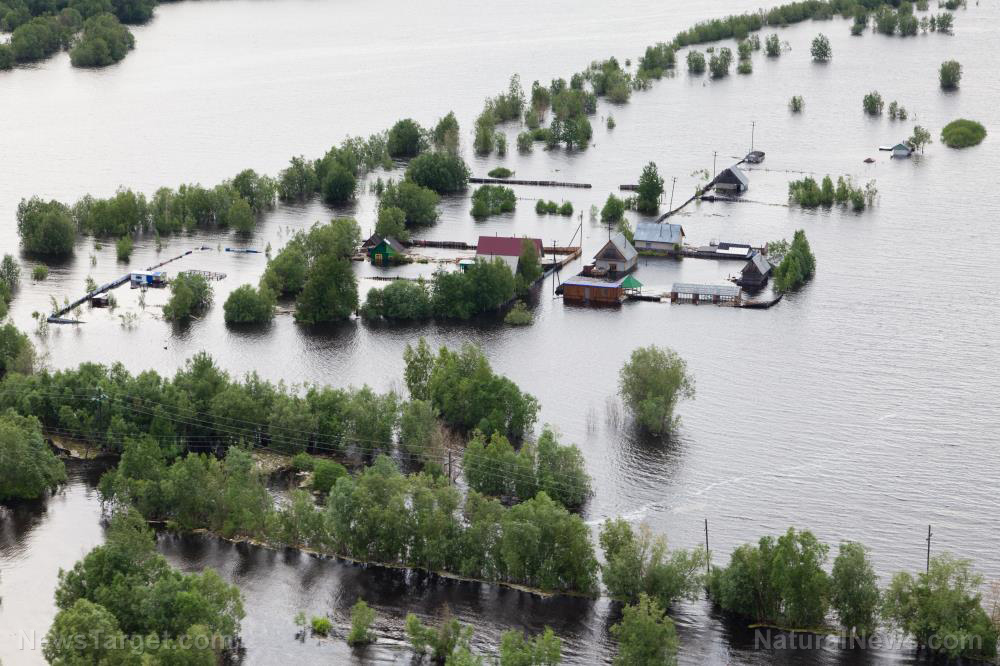Drought COMPLETELY dries up largest permanent lagoon in Spain’s Andalucia region
09/14/2022 / By Kevin Hughes
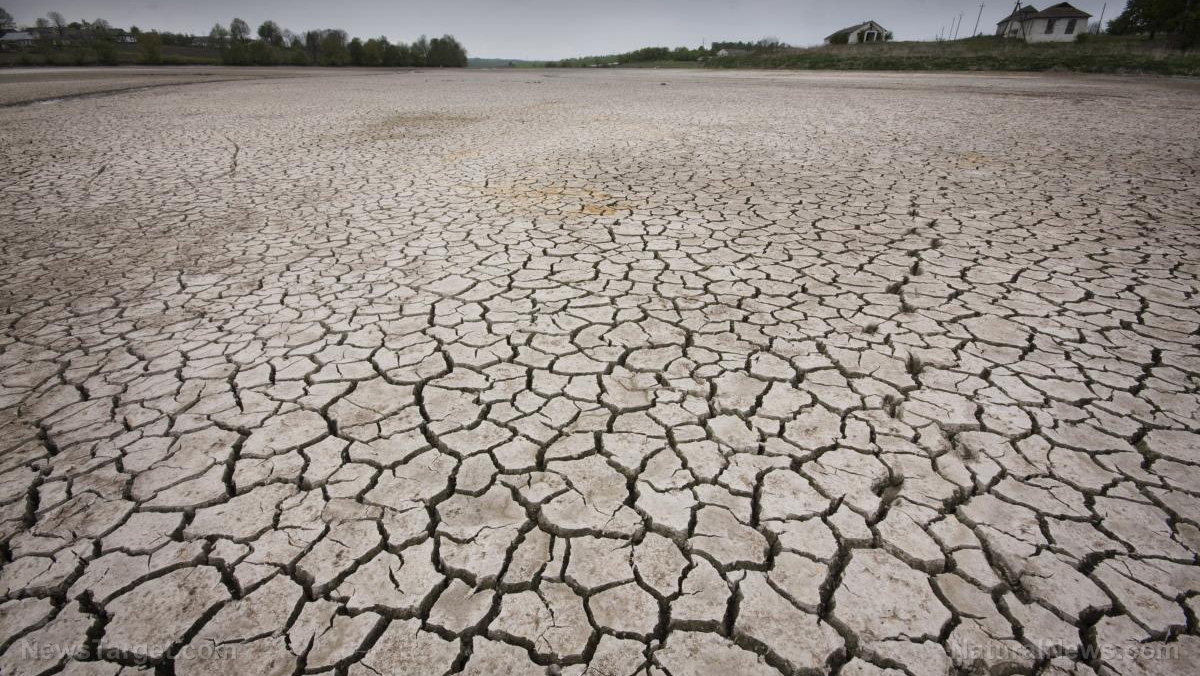
The biggest permanent lagoon in Spain’s Andalucia region has completely dried up because of the ongoing drought ravaging Europe.
In a Sept. 3 statement, the Spanish National Research Council (CSIC) announced that the Santa Olalla lagoon, located at the Doñana Natural Park in Andalucia, has completely dried up. The last time it reportedly contained water was in August. Now, only a small puddle remains in the middle of the lagoon that used to see waterfowl and other animals congregate.
According to the CSIC, this was the third instance that the lagoon completely dried up since the Doñana-CSIC Biological Station began recording data on the nature reserve in the 1970s. It emphasized that the natural park, with its significant system of lagoons, has normally been a haven for fauna.
“This is the third time the Santa Olalla lagoon has dried up completely since we have data. It also happened in 1983 and 1995, in both cases coinciding with periods of intense drought,” said Eloy Revilla, director of the station.
While the Doñana reserve has many lagoons, only a few of them hold water in summer – with Santa Olalla being the most stable. The lagoons, borne from the discharge of water from the region’s Doñana aquifer, is home to several strictly aquatic species of flora and fauna. They also serve as a sanctuary for the first wading birds to migrate south after breeding in northern Europe.
Revilla said Doñana no longer has enduring lagoons, while the section of rice fields planted this year is a third of normal because of the lack of water.
The CSIC stated that the drought in Europe, which is specifically intense on the Iberian Peninsula, is causing chaos on the nature reserve, but warned that the most disturbing matter is that this has been happening for a long time. (Related: Europe struggles amid WORST DROUGHT in 500 years)
Intensive water demand to blame for lagoon’s exhaustion
According to Revilla, rainfall in Doñana has been below normal for 10 consecutive years.
Wetlands and the species that rely on them, such as waterfowl, are specifically affected and forced to move in search of areas where water remains accessible during the most challenging times of the dry season.
The station director pointed his finger at ongoing exploitation through exhaustive agriculture and fixation for human consumption as the culprit for Santa Olalla’s exhaustion. This demand, even in the dry years, has also undermined both the temporary and stable lagoons at the natural park.
Moreover, Revilla pointed to the water demand of the Matalascañas resort as another factor. The resort’s water consumption increases in the summer as tourists arrive. This increases the population from just a few thousand to about 100,000 – greatly impacting the lagoons.
Given the severe condition facing the Santa Olalla lagoon, Revilla has called for quick action to stop the withdrawal of groundwater from Matalascañas. “It cannot be that while the lawns of Matalascañas continue to be irrigated, the lagoons of Doñana dry up completely,” he said.
Biologists and hydrogeologists have been warning about Matalascañas’ effects on the lagoons since 1988, but it appears their warnings fell on deaf ears. The huge empty areas around the 2,409-square kilometers aquifer, however, may serve as a more serious warning.
Follow Climate.news for more news about the drought in Spain and other parts of Europe.
Watch the video below to know how the Yangtze River in China has dried up because of a drought.
This video is from the High Hopes channel on Brighteon.com.
More related stories:
China turns to weather modification to combat record drought, deploys drones for cloud seeding.
Ruins of ancient Roman camp resurface in Spain as Europe drought dries up river.
Texas drought could eclipse drought of 2011, the state’s worst on record.
Sources include:
Submit a correction >>
Tagged Under:
, Andalucia, Climate, disaster, drought, Ecology, environment, Spain, water supply, wildlife
This article may contain statements that reflect the opinion of the author
RECENT NEWS & ARTICLES
COPYRIGHT © 2017 WEATHER TERRORISM


